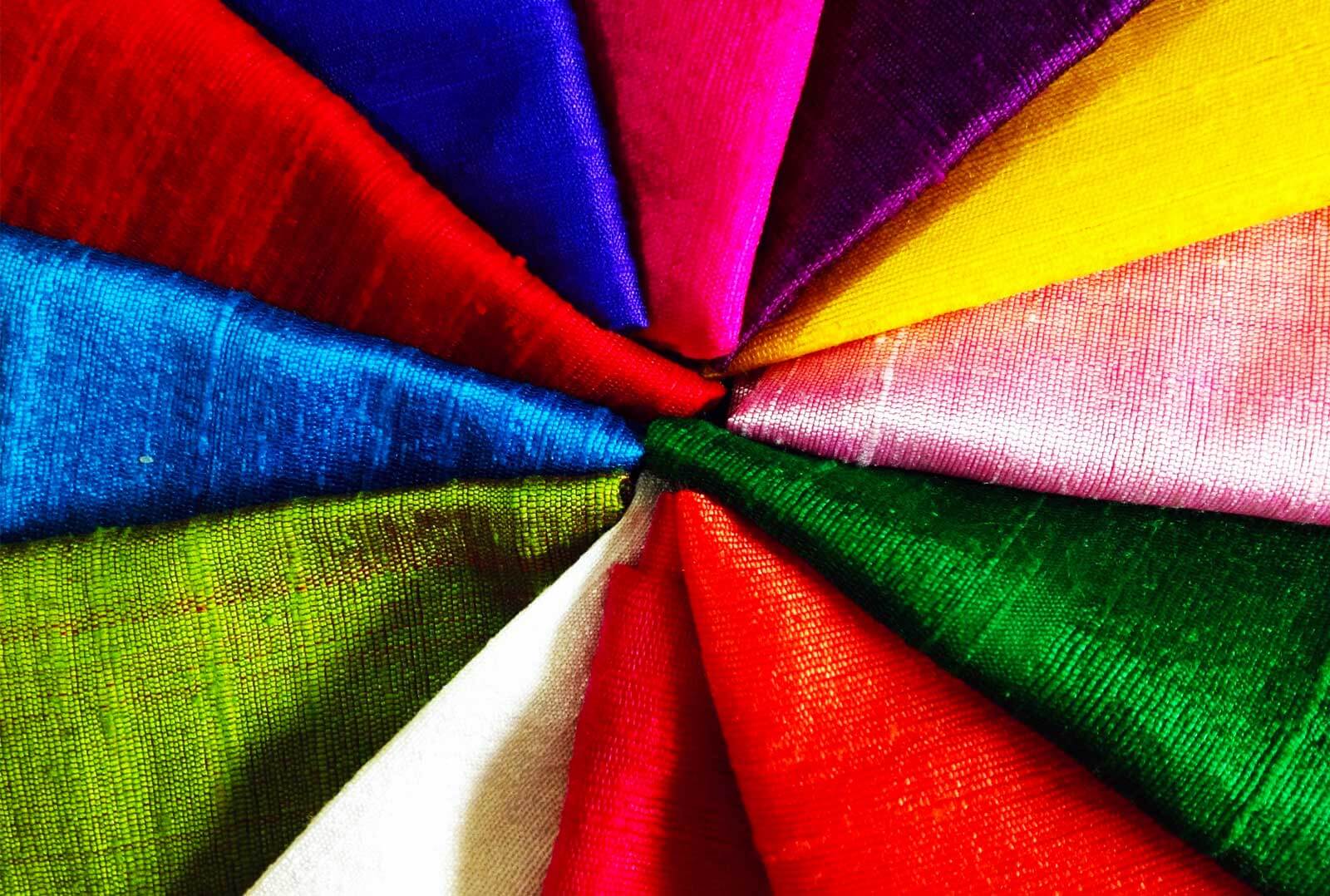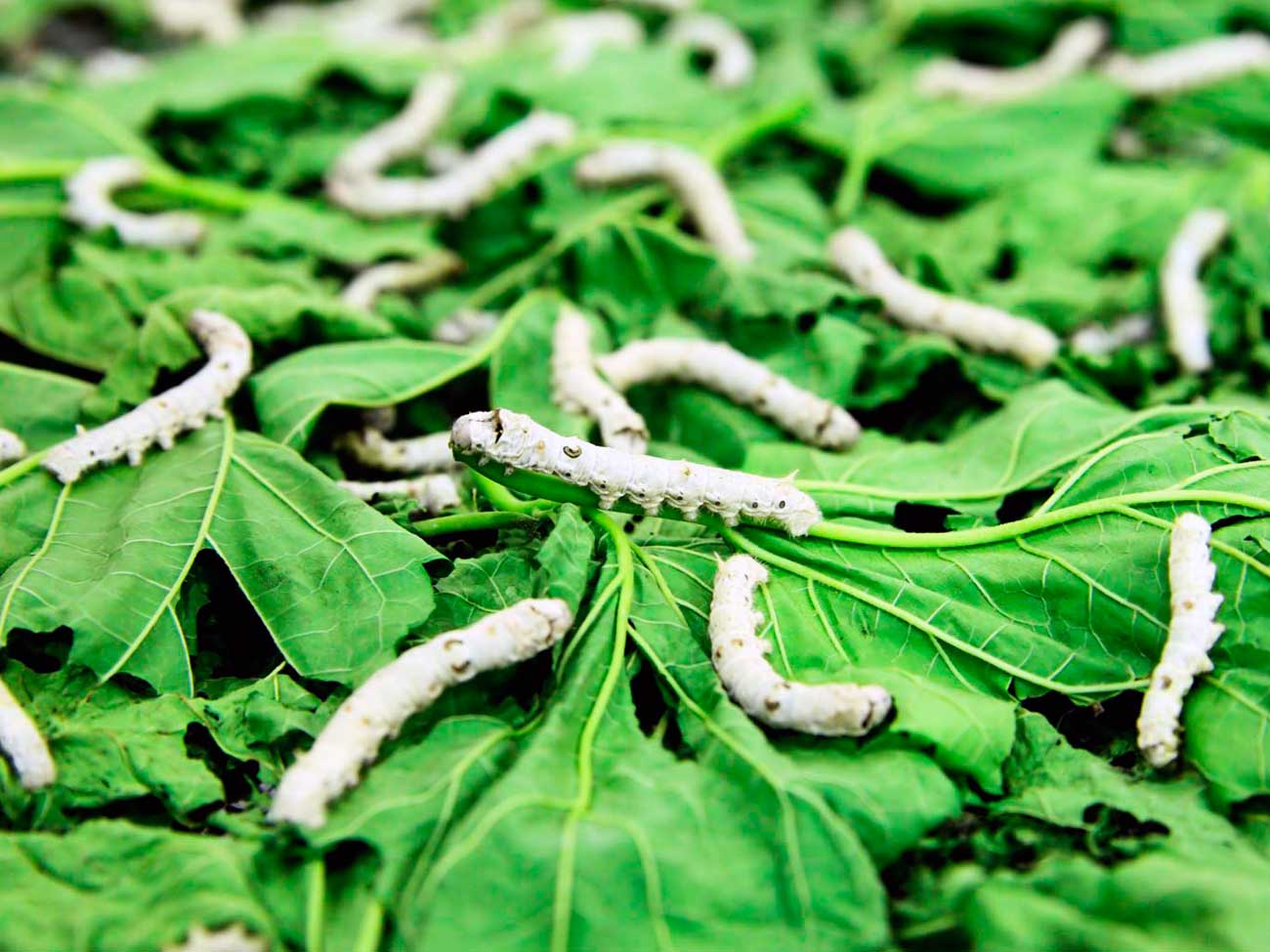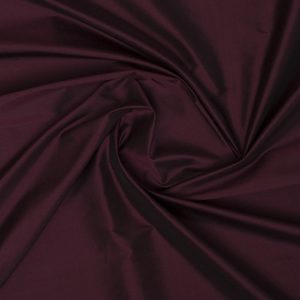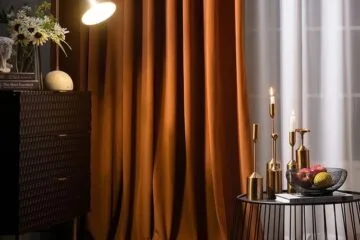Silk – Achieve The Right Choice – How well can you recognise natural silk? Read along with us to find out all about the highly desirable material!
Silk Fabric has always been a symbol of grace and finesse. It is one of the costliest fabrics produced from the cocoons of silkworms. This fabric has established its reign in grandeur used in royal occasions, weddings, and rituals. Plus, fashion is incomplete without this so delicate fabric.
At Fabric House, we let you acquaint yourself with the exclusive features of high-quality silk fabrics to ensure you get the best out of them.
The Origin & History
This natural fibre was introduced by the famous Chinese legend of the “Goddess of Silk” – Lady Hsi-Ling-Shih. She was the wife of the Yellow Emperor around 3000 BC. In mythology, her curiosity made her discover silkworm rearing and the looming of fabric through this worms.
The silkworm cocoon found in Shanxi Province in China in 1927 also dates back to 2500 BC. China is, therefore, the originator of this beautiful fabric.
Initially, this fabric was only used by the Royal Emperor and his family members in China. Over time, it became accessible to the subsequent classes of society as its production increased.
This natural fibre also established itself as a core part of the Chinese economy during the Han Dynasty.
It became the main form of currency in which taxes were paid, servants were rewarded, and foreign trade was carried out.
The Chinese monopolised this fibre production and safeguarded its manufacturing process fervently until 200 BC when Chinese immigrants came to Korea. However, this fabric market advanced slowly to the west and paved the way for the Silk Road.
With time, the Persians, the Europeans, the Romans, and the Indians were exposed to this fabric process. China, Japan, and India dominate the global production industry.
The Process Of Making This Natural Fibre
Is a natural fibre animal protein synthesised by various insects like silkworms, spiders, bees, wasps and so on.
The significant of this fabric worldwide is produced from worms called Bombyx Mori species. Sericulture is a complex, time-consuming procedure that requires constant monitoring. Sericulture needs to be conducted under controlled conditions.
It starts with the laying of silkworm eggs. The eggs are maintained at a set temperature until the appropriate hatching time.
The female lays at least about 300-400 eggs at a time, after which she immediately dies. The eggs are incubated for about ten days, after which they hatch into larvae. The larvae are transferred to gauze and placed in trays.
Chopped mulberry leaves are fed to them till they grow into a ripe silkworm. After that, they enter the cocoon stage. They secrete silk filaments from their salivary glands, which comes out through a duct from the head. This filament hardens in contact with air.
It remains for about one week in this stage, at the end of which it turns into a white puffy ball cocoon.
The cocoons are then transferred and boiled or steamed to kill the pupa and extract the raw silk filament.
The extracted filament is too thin for commercial use, so it is woven 3-5 times into a thick strand. This natural fibre is reeled into skeins to form bales exported to the industries for sale.
Qualities Of Silk
Since the ancient period, it is a luxury item due to its excellent features that no other fabric provides.
- This natural fibre is one of the most muscular fibres due to its inherent high tensile strength. It can sustain heavy wear and tear.
- Provides a shimmering view to anyone who wears it.
- Is exceptionally soft and smooth to touch.
- Is Hypoallergic as it is synthesised naturally. So it is a must-have for anyone having allergies to other fabrics.
- You can wear it in any climate. It has the unique ability to keep you warm in winter and cool in summer.
- It has good moisture absorption. It dries quickly on wetting too. Thus it is the apt fabric for the person who perspires a lot.
- Is an all-time favourite, is a sensitive fabric to sunlight and insects.
- The “burn test” for this natural fibre helps you find its originality. It has a distinctly unpleasant odour on burning.
Types
A variety of insects produces silk. Based upon the type of insect that makes this fibre is generally classified into four types:
1. Mulberry (Local Variety)
Mulberry accounts for 90% of the world’s supply.
It has derived its name from the silkworms that grow on mulberry leaves. This fabric is easiest to produce but most challenging to maintain. There are different fabrics manufactured from this:
- Plain
- Dupion (strong and coarse)
- Chiffon (light, made from highly twisted yarn. Used in scarves, dresses)
- Crepe (light-weight, made from twisted yarn. Popular dress material)
- Organza (light-weight and smooth finish)
- Satin (shimmery at the front, plain at the back)
- Georgette (grainy texture)
2. Tasar/Tussar
It is produced by Tasar silkworms in the wild and is very strong. It is mainly used in manufacturing home furnishings and interior decoration items; however, it can be difficult to pigment
3. Muga
This beautiful fabric is golden brown with a shiny texture. It is used to make sarees and bedsheets. It is popularly grown and extensively used in Assam.
4. Eri/Errandi
This creamy white colour natural fibre is produced from castor silkworm without destroying the silkworm within. This fabric is highly durable and heavy. It is used in the making of curtains.
Other Varieties:
Spider
Most costly and challenging to produce. They are used in manufacturing optical instruments, telescopes, and bullet-proof vests.
Mussel
The most expensive one. This fabric is synthesised from a bivalve located near a seabed in Italy. It is also referred to as fish or sea silk.
Benefits Of Silk
This delicate fabric has been known for its special allure from ancient times to today. When it comes to this fabric, silk offers many advantages:
- Hypo allergic
- High strength fabric
- Good moisture absorption
- Dries quickly
- Luxuriously soft and smooth
- Shimmering in appearance
- You can mix it with other materials easily
- Temperature regulating properties
We have the most delicate fabric reared from the finest silkworm for our esteemed customers. We provide upholstery fabrics with the knowledge to help you choose the best for yourself.

Choosing The Right Silk
This fabric comes in varieties, colours, and textures. Equipped with this knowledge of this natural fabric you are now enabled to distinguish the original from the fake.
“Silk does for the body, what diamonds do for the hands.”
So, don’t hesitate to reach out to our team for more information!








